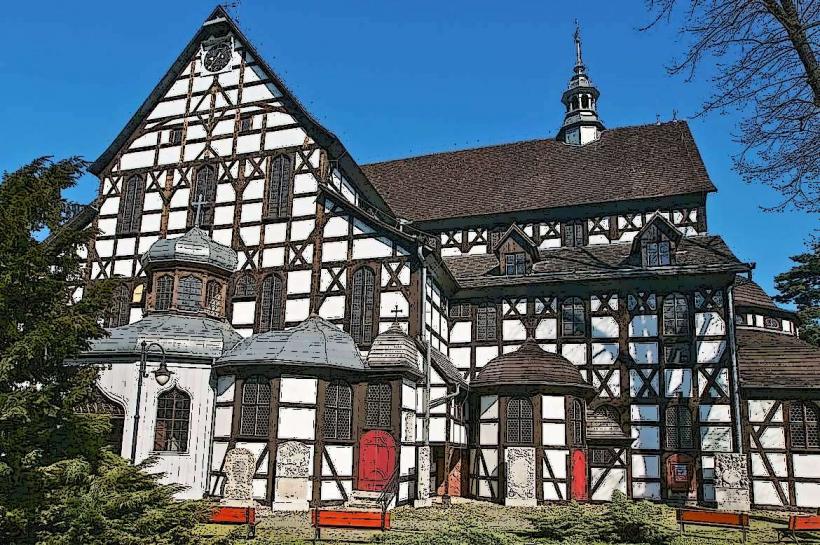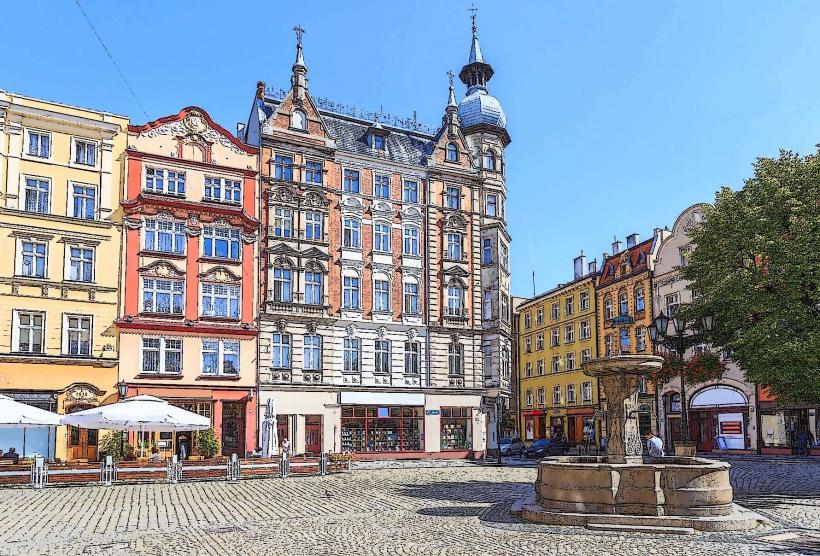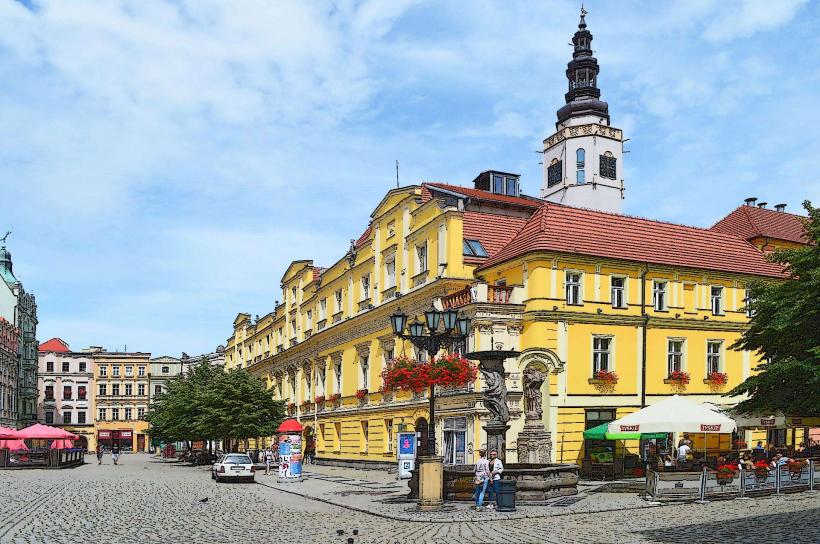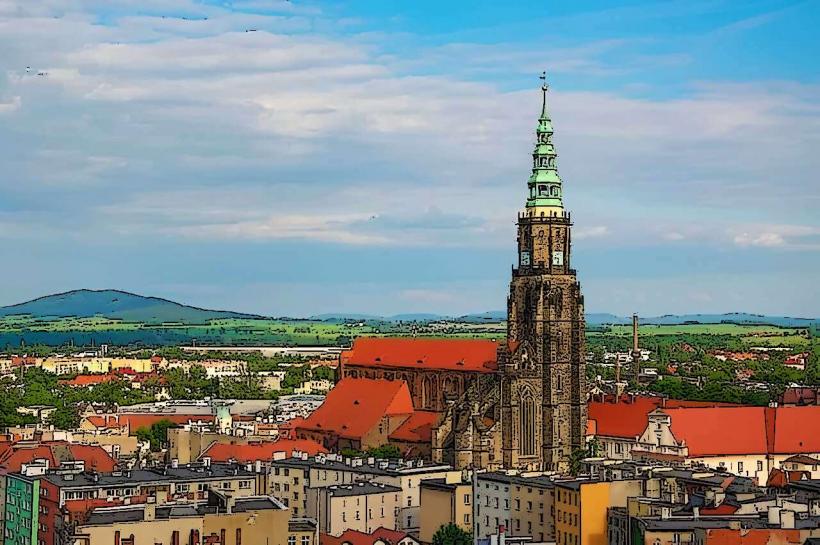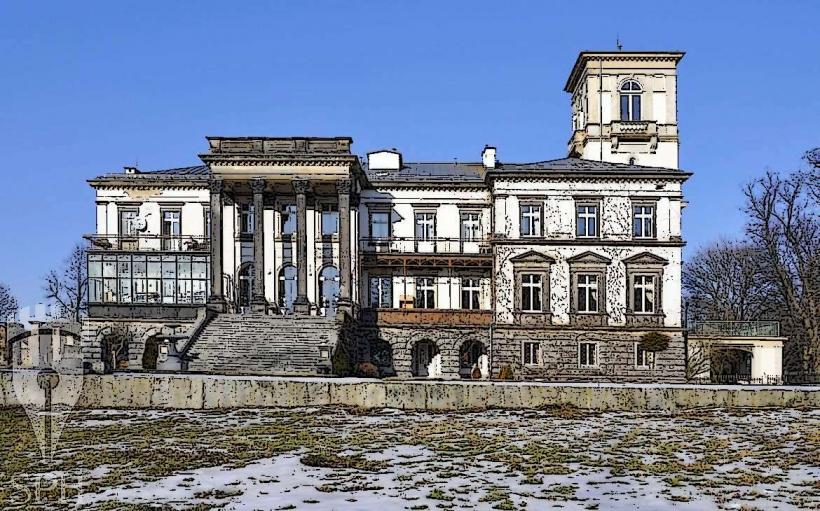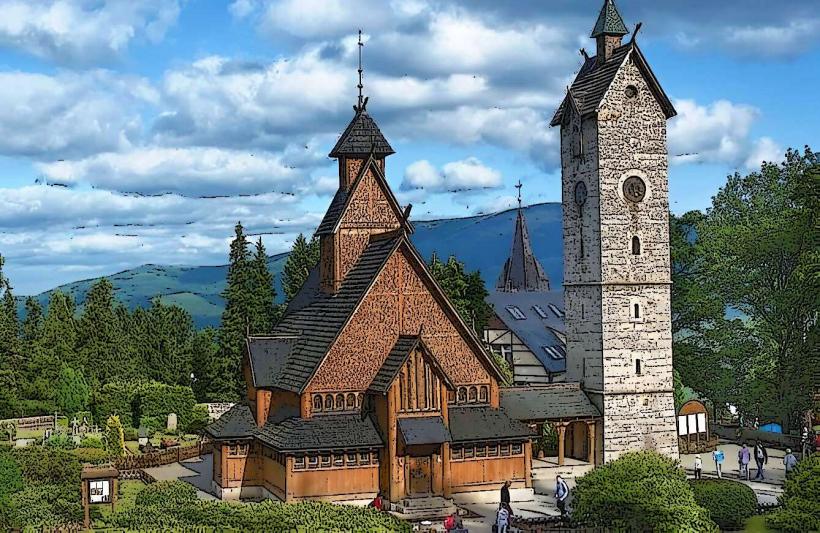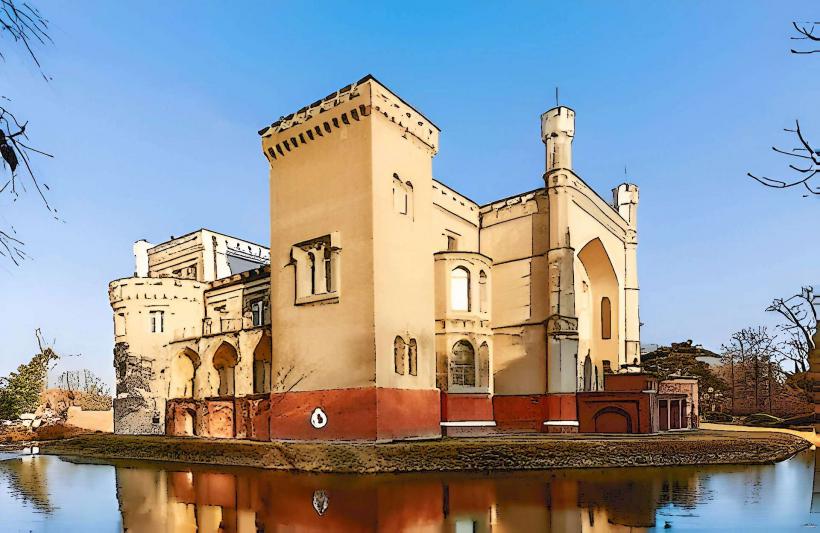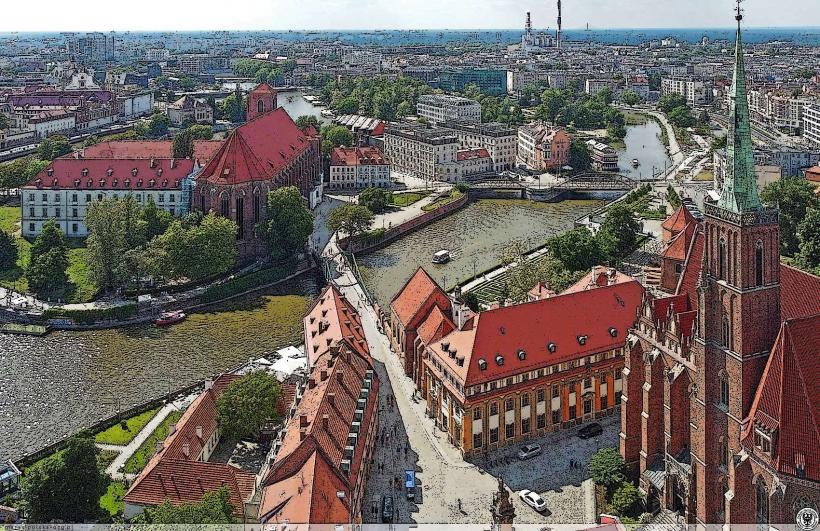Information
Landmark: Świdnica CathedralCity: Swidnica
Country: Poland
Continent: Europe
The Świdnica Cathedral, officially known as the Cathedral of St. Stanislaus and St. Wenceslaus, is a prominent landmark in Świdnica, located in the Lower Silesian Voivodeship of Poland. Here are the key details about the cathedral:
History and Significance:
- The Świdnica Cathedral has its origins in the 13th century, when the first church was built on this site. However, the present structure dates back to the 14th century.
- It is one of the most important Gothic buildings in the region, and it holds significant religious, historical, and cultural value for the town of Świdnica and the surrounding area.
- The cathedral is dedicated to St. Stanislaus, the patron saint of Poland, and St. Wenceslaus, the patron saint of the Bohemian lands, reflecting the city's historical ties to both Polish and Czech heritage.
Architecture:
- The cathedral is a fine example of Gothic architecture, with some elements of the Renaissance and Baroque styles added during later periods.
- The most striking feature is its tower, which reaches a height of 103 meters (338 feet), making it one of the tallest structures in Świdnica. The tower is an iconic part of the city’s skyline.
- The cathedral's interior is also renowned for its beautiful stained-glass windows, intricate woodwork, and the altar. Many of these features have been meticulously preserved and restored over the years.
- The ceiling of the nave is particularly impressive, featuring a complex system of ribbed vaults, typical of Gothic design, and contributing to the overall grandeur of the building.
Important Features:
- Main Altar: The altar is one of the cathedral's main focal points, with a stunning design that combines Gothic and Baroque elements.
- Chapel of St. Joseph: This chapel is located within the cathedral and is notable for its unique artwork and design.
- Stained-Glass Windows: The cathedral features medieval stained-glass windows that depict scenes from the Bible and Polish saints. Some of these windows date back to the 14th century, while others were added in later centuries.
- Organ: The cathedral houses a magnificent Baroque organ, which is still used in religious ceremonies and concerts today.
Cultural Importance:
- The Świdnica Cathedral is not only a place of worship but also a key cultural and historical landmark in the region. It has witnessed significant events in Polish history, including periods of religious conflict and change, and it remains a symbol of the enduring Christian heritage in the region.
- The cathedral is part of the UNESCO-listed Churches of Peace, a designation that includes two other churches in the region: the Church of Peace in Jawor and the Church of Peace in Świdnica. These churches were built in the mid-17th century under the provisions of the Treaty of Westphalia after the Thirty Years' War and are recognized for their architectural and historical significance.
Modern-Day Role:
- Today, the Świdnica Cathedral serves as the seat of the Roman Catholic Diocese of Świdnica. It is an active place of worship, hosting regular masses and religious events.
- The cathedral also serves as a tourist attraction. Visitors come to admire its Gothic architecture, historical significance, and stunning interior. It is a prominent stop on tours of Świdnica, which is known for its historical churches and landmarks.
Events and Festivals:
- The cathedral is used for many religious festivals throughout the year, including Christmas services, Easter masses, and special saint's day celebrations.
- The cathedral also hosts classical music concerts and organ recitals, attracting both locals and tourists interested in the city's cultural offerings.
Conclusion:
The Świdnica Cathedral is a key historical and architectural gem of Lower Silesia, offering a glimpse into the region's medieval past and its cultural and religious heritage. Its stunning Gothic design, impressive tower, and historical significance make it a must-visit destination for those exploring Świdnica and the surrounding area.

